This transformation is being driven by pressing strategic imperatives: rising energy costs, stricter ESG reporting standards and the demand for healthier, more efficient spaces. The global real estate management software market alone is projected to exceed $7 billion by 2027, underscoring the scale of investment.
But the real gap lies not in the hardware, but in the platforms designed to manage it. Too often they fail to bridge the divide between the physical world of devices and the digital world of data and management. Instead of empowering decisions, they contribute to “analysis paralysis” and add another layer of operational complexity.
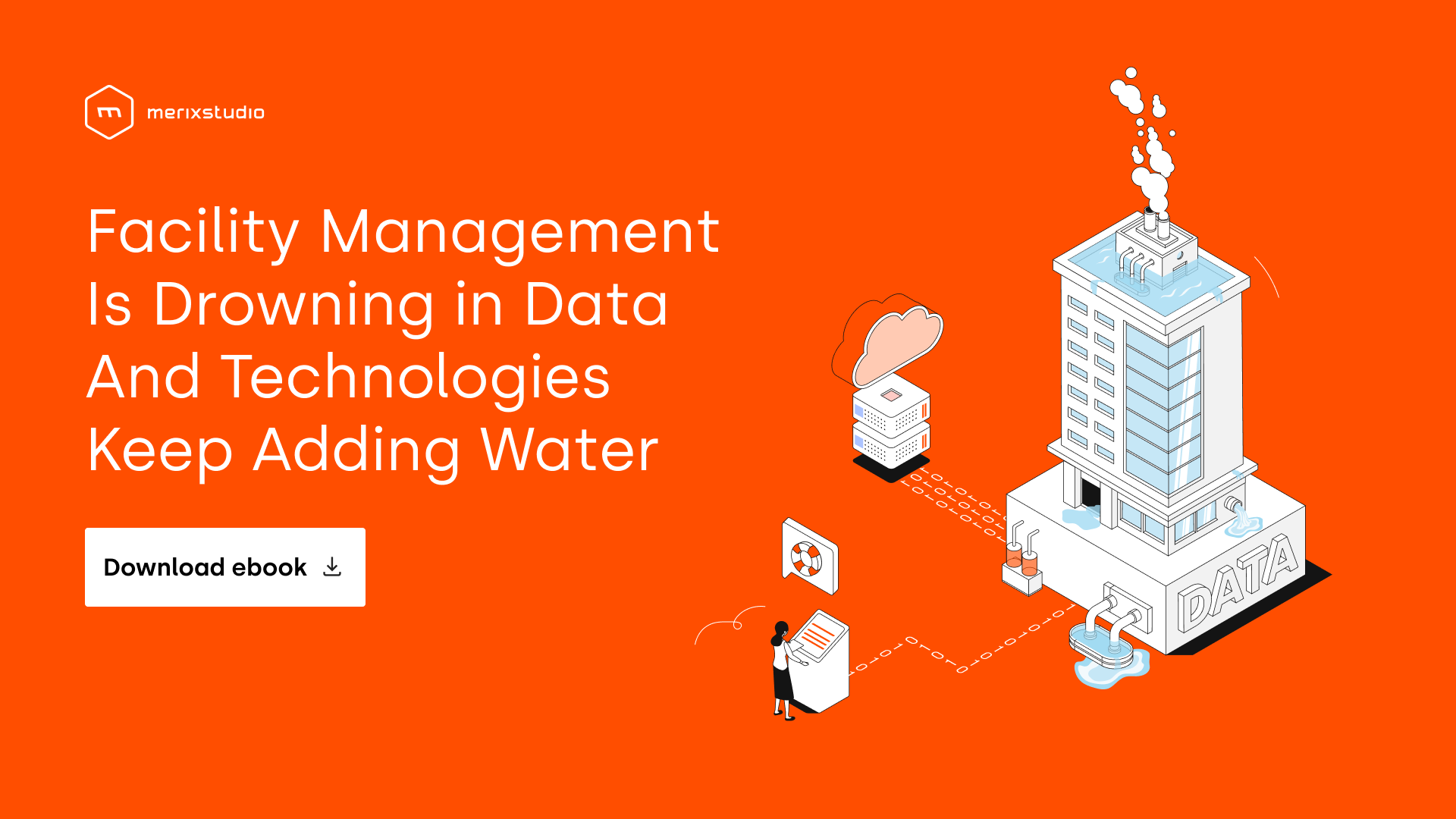
This raises a critical question for IoT facility management: how can a platform designed to empower users end up as an operational burden? And more importantly, can its design be fundamentally rethought to serve its true purpose?
Why a user-facing IoT facility management platform is more than just a dashboard
A holistic IoT platform moves far beyond simple monitoring; it serves as the operational hub that enhances physical hardware, empowers operators, and delivers measurable business value. Its capabilities can be understood across several key domains, each building upon the last to transform a collection of smart devices into a truly intelligent system.
Extending operational reach with remote capabilities
The most immediate benefit of a centralized platform is the elimination of physical presence as a prerequisite for action. Comprehensive device management and control becomes a reality, allowing facility managers to commission, configure, and troubleshoot an entire fleet of devices across multiple sites from a single interface. This is complemented by remote monitoring and inspection, where technicians can diagnose issues with specific assets without costly and time-consuming site visits, significantly speeding up response times. Furthermore, the system can be configured with threshold-based alerts that automatically notify staff of critical events - such as a device overheating, a low battery on a wireless sensor, or a connectivity loss - transforming the maintenance model from reactive to proactive.

Driving efficiency through intelligent automation
With robust remote control in place, the next layer of value comes from intelligent automation. An IoT facility management platform should allow for the creation of complex scheduling and automation rules that govern the behavior of the entire ecosystem. For instance, lighting and HVAC systems can be programmed to adjust dynamically based on the time of day, occupancy data, and even external weather conditions, leading to significant energy savings. This is further enhanced by advanced features like geofencing, which uses location-based data to trigger automated actions, such as activating security lighting when a service vehicle enters a perimeter or adjust climate control in a specific zone when authorized personnel arrive on-site.
Unlocking deeper understanding with data insights
A core function of an IoT platform is to translate millions of raw data points into clear, actionable intelligence. Interactive maps provide a powerful visualization layer, allowing users to see real-time asset locations and device statuses overlaid on a building floor plan, enabling them to "drill down" from a portfolio view to a single sensor with a few clicks. This is supported by real-time dashboards that display live sensor data in the form of intuitive charts and heatmaps, making it easy to spot anomalies or trends. This data-driven approach allows for smarter space utilization and provides a clear, evidence-based understanding of how the facility is operating at any given moment.

Optimizing Operations with Predictive Maintenance
The culmination of these capabilities is a shift towards a more strategic and cost-effective maintenance model. By analyzing historical data and usage patterns, the platform can enable predictive maintenance, a game-changing departure from reactive or even preventative schedules. Instead of servicing equipment based on a fixed calendar, the platform can identify subtle changes in performance that indicate an impending failure, automatically generating a work order before a critical asset goes offline. This approach minimizes unplanned downtime, extends the lifespan of equipment, and reduces overall maintenance costs by 18-25% while also cutting unplanned downtime by up to 50%.
More than a tool: the IoT facility management platform as a strategic business asset
Ultimately, these technological benefits translate directly into core business outcomes. By simplifying complex tasks and providing clear insights, the platform improves the efficiency and satisfaction of its users, leading to a longer customer lifecycle for the technology provider. A well-designed, user-aware platform strengthens brand positioning and establishes the provider as an innovator. This, in turn, opens up possibilities for new revenue streams, such as monetized analytical features or subscription-based services, transforming the platform from a simple management tool into a strategic business asset.
.png)
What to consider when building or choosing an IoT-based facility management app
Building a platform that rises to these challenges requires a holistic approach that treats the management of physical hardware and the analysis of data as two sides of the same coin. The following principles are essential for creating a platform that is not just a data repository, but a true command center for intelligent IoT facility management operations.
A foundational focus on the human element: usability and UX
The single most important factor determining the success of an IoT platform is its usability. A system’s true value is only realized when its intended users can operate it efficiently, effectively, and with confidence. This requires a deep understanding not only of the hardware and the building’s processes but, most importantly, of the users themselves - how they work, what their pain points are, and in what context they will interact with the system. Through comprehensive user research, interviews, and on-site visits, it's possible to map a product vision that is grounded in real-world needs.
{{cta-gray-1}}
A persistent myth in developing for technical audiences is the confusion of 'simple' with 'crude.' The assumption that expert users don't require thoughtful design often results in powerful but clunky interfaces. However, the true goal is not crudeness, but clarity - using clean design to make complex data and workflows simple to understand and manage.This overlooks the critical concept of cognitive load. In a high-stakes facility management context, where an installer is configuring a critical life-safety system or a manager is responding to an urgent alarm, a confusing interface directly increases the risk of human error.
An intuitive platform, with user flows tailored to specific roles and validated through usability testing with real end-users, reduces this cognitive load.
It lowers training costs, minimizes mistakes, and ultimately builds the user trust necessary for successful system adoption.
An open and scalable architecture for future-proof integration
The architecture of an IoT facility management platform must be designed for both longevity and adaptability. A primary challenge is the inherent friction between long-lifecycle hardware and the agile nature of software. A forward-thinking architecture decouples these two worlds, allowing the software to evolve without a premature overhaul of the physical infrastructure. This is achieved by building on a foundation of openness, utilizing open communication protocols (e.g., MQTT, REST, BLE) and providing a well-documented API for seamless integration with critical systems like a Building Management System (BMS) or a Computerized Maintenance Management System (CMMS).
Furthermore, the architecture must be inherently scalable, designed from day one to handle growth from a few dozen devices in one location to thousands across a global portfolio, ensuring performance and responsiveness are maintained.
A multi-layered security framework for building trust
When an IoT platform controls physical building systems, security becomes a matter of physical safety and operational continuity. A comprehensive security strategy must therefore be embedded into every layer of the platform. All data must be protected everywhere: on the devices themselves, during its transmission to the cloud, and within the software's database. This begins with rigorously controlling access through strong authentication policies, such as multi-factor authentication, and implementing granular role-based access controls. For example, an installer may have permissions to configure devices, while a facility manager has rights to view analytics, but neither can alter the core system without administrator-level access.
Furthermore, a secure system must be auditable. The platform should maintain detailed audit logs of all significant user actions and system events. This is crucial not only for forensic analysis after a potential security incident but also for meeting regulatory compliance requirements like GDPR, especially when handling sensitive data that could infer human presence or location.
Overcoming hardware limitations with the right technology stack
Finally, the IoT facility management must intelligently handle the data that flows through it. A key technical challenge is the need for lightweight solutions that do not overburden the limited processing power of hardware devices, requiring a balance of what is processed at the Edge versus in the Cloud. The platform’s backend must be highly scalable, while the frontend has the critical task of translating processed data into actionable intelligence through visualizations like charts, heatmaps, and interactive maps. This completes the cycle, turning a complex network of hardware and data into a clear, usable, and secure tool for modern facility management.
{{cta-orange-1}}
CC24 Case Study: When usability means safety
To illustrate these principles, the development of a web platform for the CC24 emergency lighting system by the RP Group provides a clear, practical example. As a leader in critical infrastructure, RP Group’s goal was to create a centralized platform that would shift the system's management from a reactive to a proactive model. Recognizing the need for specialized software and UX expertise to complement their world-class hardware, they decided to partner with a dedicated development team to bring this vision to life.
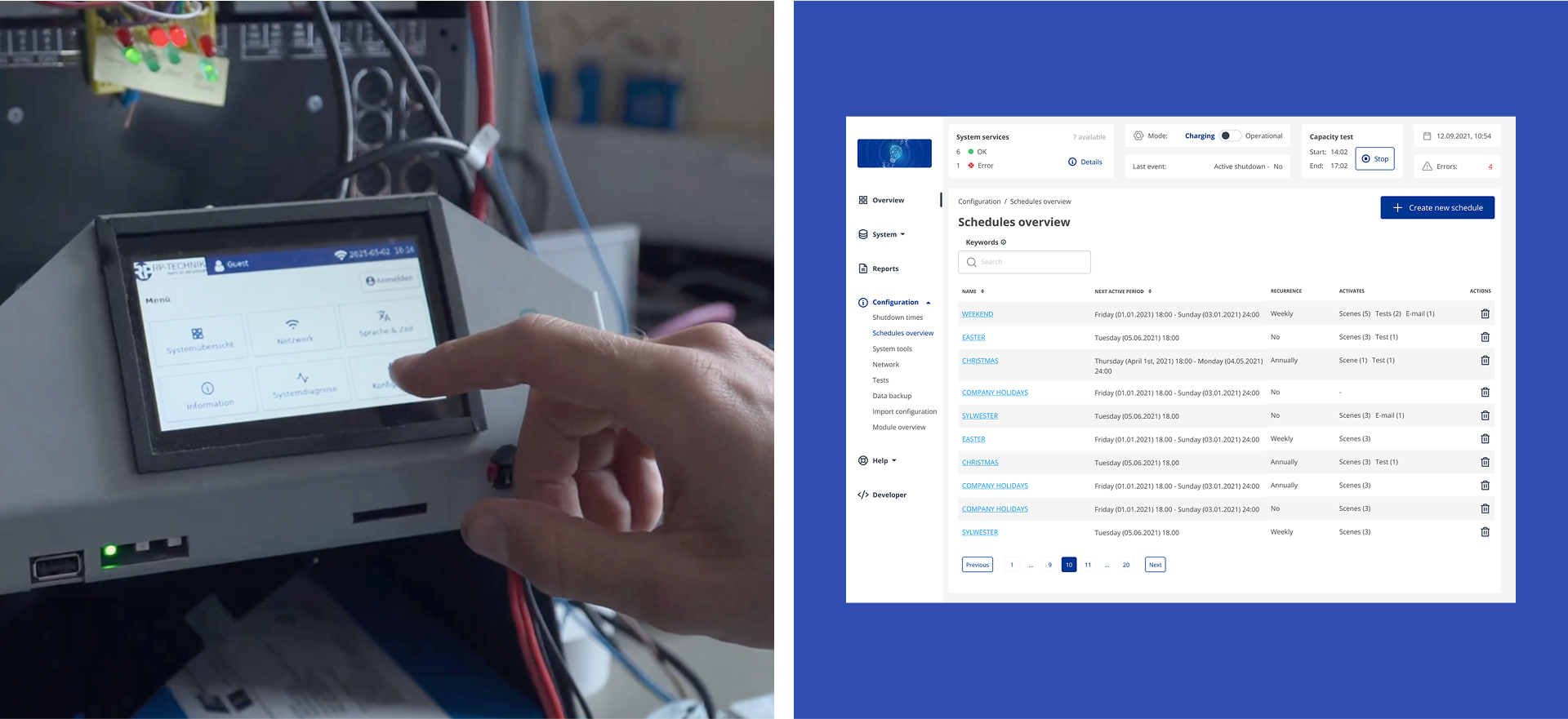
The core technical challenge was connecting hardware to software in real time while ensuring absolute data integrity and meeting strict safety and redundancy requirements. The platform had to integrate seamlessly with a custom C++ hardware module, demanding a backend architecture (built on Python and FastAPI) capable of handling constant, secure communication without failure. Any delay or data corruption in a system responsible for life safety was not an option.
Usability and security as non-negotiable priorities in a critical system
For the RP Group, usability was a non-negotiable component of the system's overall reliability. They understood that a confusing interface for a critical system is a significant liability where user error could have serious consequences.
{{img-quote-1}}
This "simplicity-first" principle guided the entire design process. The platform was meticulously designed to guide users through complex, legally required tasks - such as scheduling periodic battery tests - in an intuitive, error-resistant way. This philosophy also extended to how the platform presents complex data; instead of raw error codes, any deviation from normal operation is translated into a clear, "human-readable" notification. For instance, comprehensive test charts visualize the emergency power supply's behavior, clearly showing the system's performance as the battery discharges over time.
Security was equally critical. The platform's resilience was validated through extensive third-party penetration testing, ensuring it was protected against a wide range of cyber threats. By implementing secure communication protocols, strict access controls, and validating the system’s data integrity, a foundation of trust was built. This secure-by-design approach meets all relevant EN standards for emergency lighting, including EN 50171 and EN 62034.
From immediate results to a scalable future vision
The combination of a secure foundation and human-centric design delivered a powerful result: a platform that supports the hardware in reducing up to 60-70% of traditional manual inspection time. Such a significant efficiency gain is achieved by minimizing the need for manual interventions, thanks to features like automated periodic testing, real-time health monitoring, and a simplified system update process. Moreover, the platform makes overall lighting management far more accessible, empowering non-specialized staff to handle routine operations that previously required a dedicated technical team. Its design also makes the platform inherently future-proof, as it can be easily expanded.
This has given the RP Group the confidence to scale its vision, as they are now expanding the new system family concept to an unlimited 230V System, capable of controlling hundreds of thousands of luminaires and pursuing a tighter integration with building automation standards.
IoT facility management redefined
The evolution of IoT facility management is not simply about connecting more devices or collecting more data. It's about fundamentally changing the relationship between a building and the people who operate it. A successful platform doesn't just present a dashboard of what has happened; it provides an intuitive command center to intelligently control what happens next. By bridging the gap between hardware potential and human usability, these platforms transform facilities from passive structures into dynamic, responsive, and continuously optimized environments.
{{form}}
.svg)

%20(1).jpg)



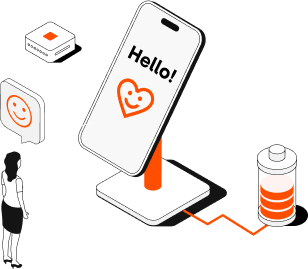
.png)
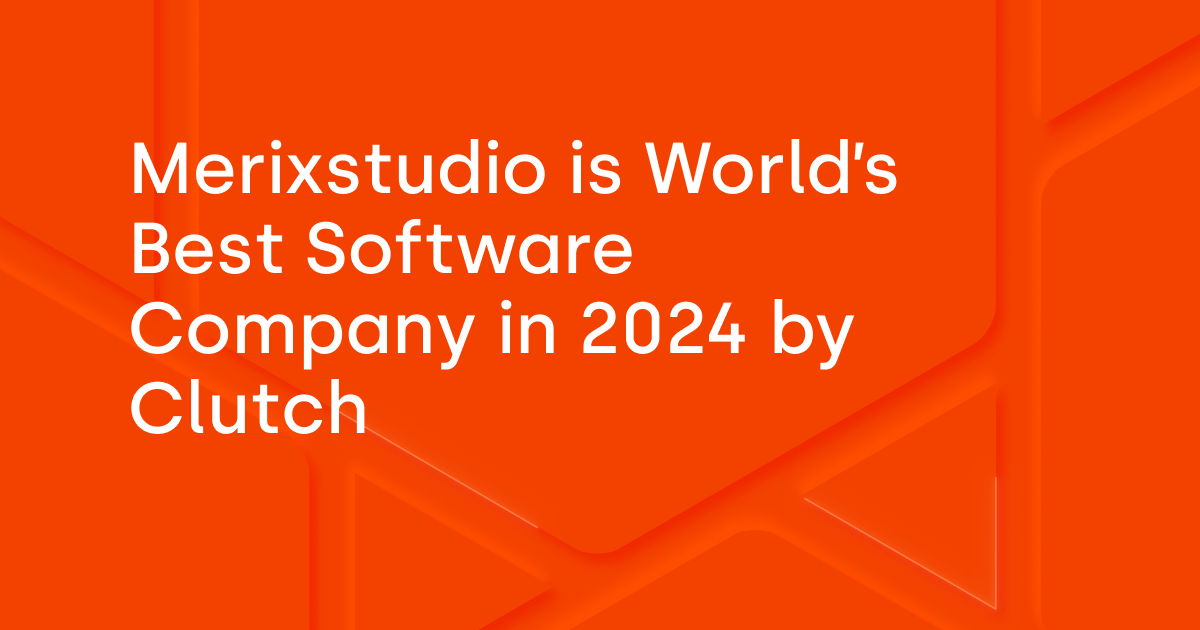

.svg)
.svg)
.avif)
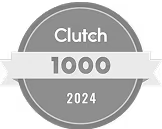
.avif)
.avif)
.avif)
